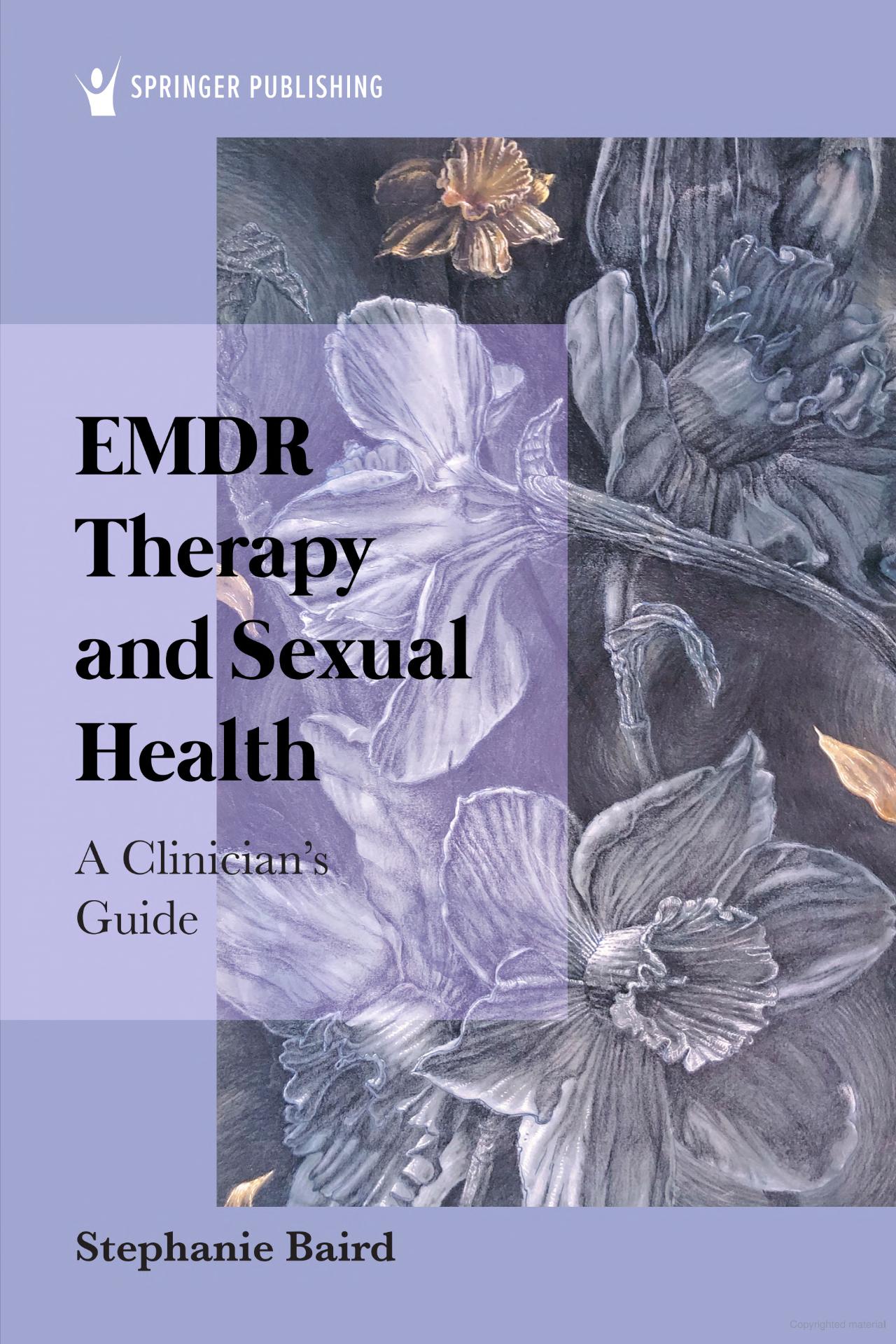The effect of bilateral eye movements versus no eye movements on sexual fantasies
This study aimed to examine whether eye movements (like with EMDR) impair sexual fantasies (a form of mental imagery).
Article Abstract
“Background and Objectives: Bilateral eye-movements (EMs) and visual mental imagery both require working memory resources. When performed together, they compete for these resources, which can cause various forms of mental imagery to become impaired (e.g., less vivid). This study aimed to examine whether EMs impair sexual fantasies (a form of mental imagery) in the same manner.
Methods: Eighty undergraduates (40 males, 40 females) took part in four counterbalanced conditions: (1) EMs and an experience-based sexual fantasy; (2) EMs and an imagination-based sexual fantasy; (3) experience-based sexual fantasy only; and (4) imagination-based sexual fantasy only. In each condition, the vividness, emotionality, and arousability of the sexual fantasy were rated pre- and post-task. All three variables were predicted to decrease in the EM conditions.
Results: Sexual fantasies were reported as less vivid, positive, and arousing after performing concurrent EMs relative to fantasising only, for both memory- and imagination-based sexual fantasies. There were no gender differences. Demand did not appear to account for the effects.
Limitations: Self-report measures were used rather than objective measures. Working memory taxation and capacity were not directly assessed. Also, negatively appraised sexual fantasies were not targeted and a ‘no intervention’ control was not included.
Conclusions: Bilateral EMs were effective at impairing the phenomenological properties of sexual mental imagery, extending the literature on EM effects. Given the potential clinical implications, future research should focus on validating and extending these results, for example, by targeting negatively appraised sexual fantasies (including problematic and offense-related) and incorporating a ‘no intervention’ condition.”
—Description from publisher
Article Access
Purchase/Subscription Required
Bartels, R. M., Harkins, L., Harrison, S. C., Beard, N., & Beech, A. R. (2018). The effect of bilateral eye movements versus no eye movements on sexual fantasies. Journal of Behavior Therapy and Experimental Psychiatry, 59(1), 107-114. https://doi.org/10.1016/j.jbtep.2018.01.001
Date
June 1, 2018
Creator(s)
Ross M. Bartels, Leigh Harkins, Samantha C. Harrison
Contributor(s)
Nikki Beard, Anthony R. Beech
Topics
Sexual Trauma
Practice & Methods
BLS
Extent
8 pages
Publisher
Elsevier
APA Citation
Bartels, R. M., Harkins, L., Harrison, S. C., Beard, N., & Beech, A. R. (2018). The effect of bilateral eye movements versus no eye movements on sexual fantasies. Journal of Behavior Therapy and Experimental Psychiatry, 59(1), 107-114. https://doi.org/10.1016/j.jbtep.2018.01.001
Audience
EMDR Therapists, Other Mental Health Professionals
Language
English
Content Type
Article, Peer-Reviewed
Access Type
External Resource





